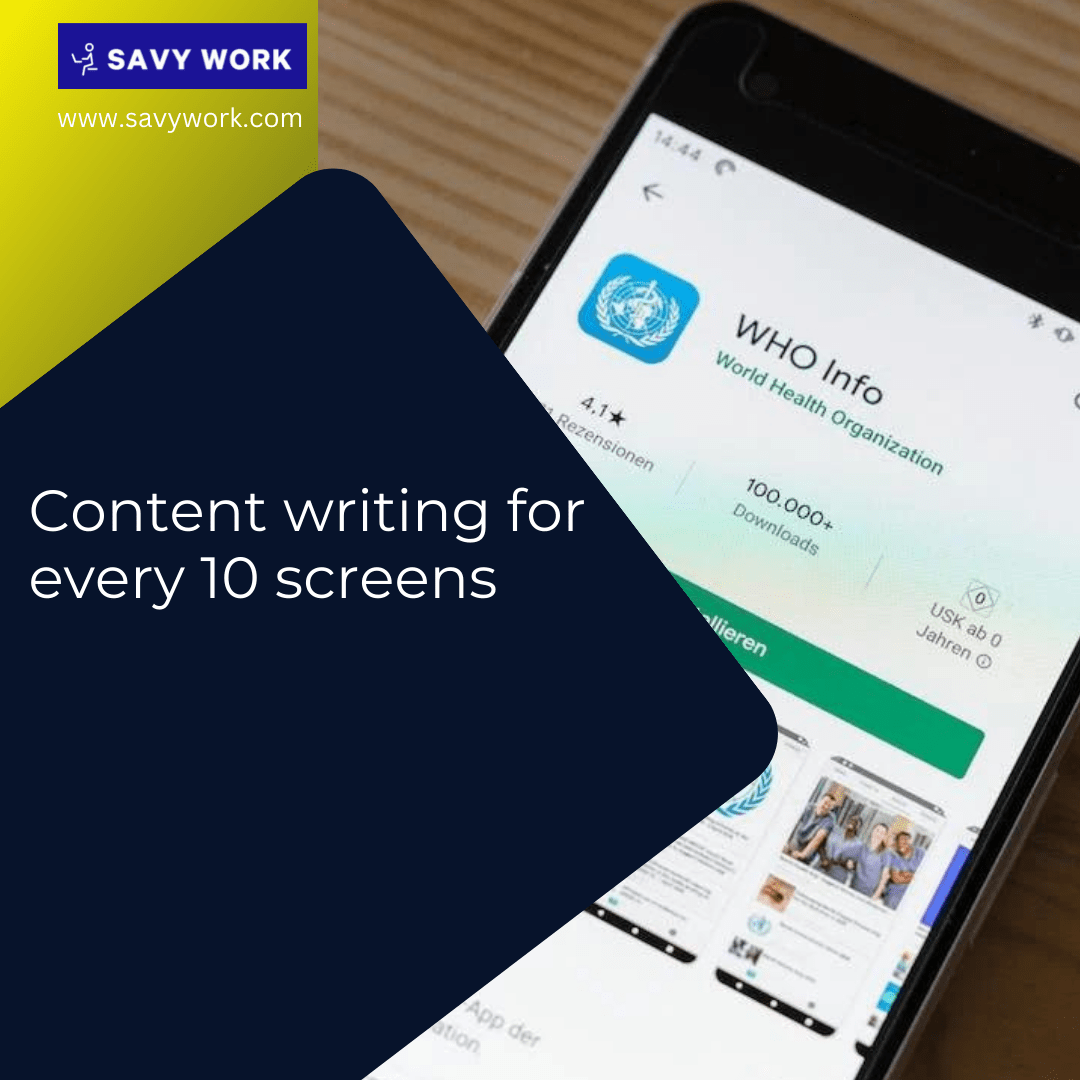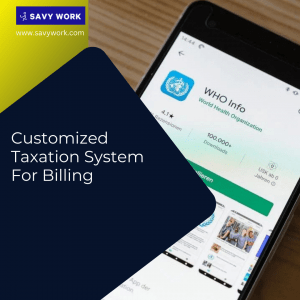Description
When writing content for multiple screens, it’s important to maintain a consistent tone and voice throughout the website or application. This helps to establish a cohesive brand image and makes it easier for users to navigate and understand the content.
It’s also important to consider the user experience when writing content for multiple screens. Each screen should be designed with a specific goal in mind, such as providing information, encouraging engagement, or guiding users through a process. The content on each screen should be designed to support that goal and make it easy for users to achieve it.
In addition, it’s important to ensure that the content is visually appealing and easy to read. This can be achieved by using headings, subheadings, bullet points, and other formatting techniques to break up the content and make it easier to scan.
When writing content for multiple screens, it’s also important to ensure that the content is optimized for search engines. This can be achieved by incorporating relevant keywords and phrases into the content and using meta descriptions and tags to provide additional context.
Overall, content writing for every 10 screens requires careful attention to audience needs, user experience, and search engine optimization. By creating compelling and informative content that supports the goals of each screen, businesses can create a seamless and engaging online experience that leads to increased engagement and customer loyalty.










 by
by
Reviews
There are no reviews yet.